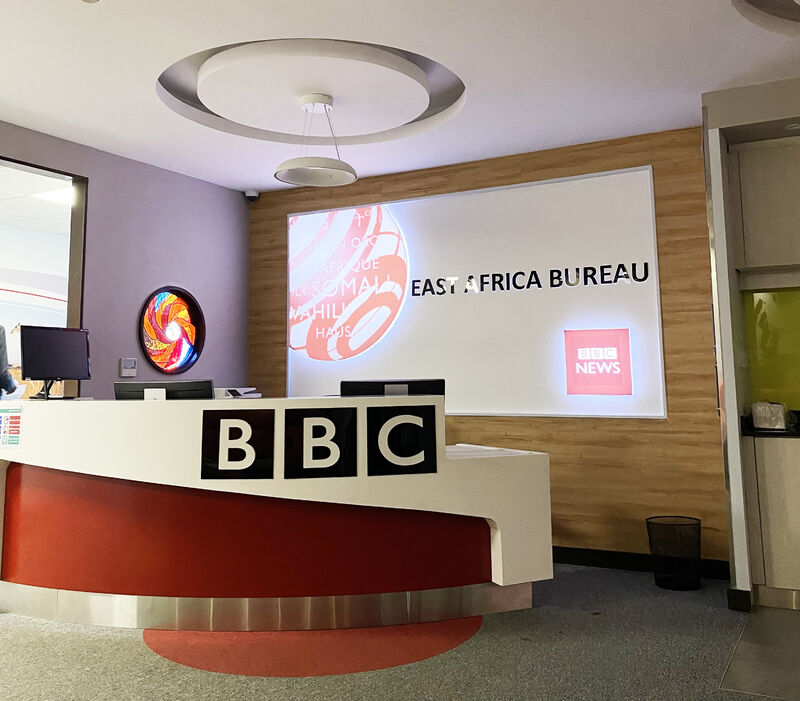- The rapidly evolving media landscape poses challenges in maintaining real-time relevance, leaving graduates grappling with the immediacy and unpredictability of the newsroom.
In the fast-paced realm of journalism, the expectations for seamless transitions from academic training to the vibrant world of media are often high.
However, a noticeable divide exists in Kenya between university curriculum training and the demands of the journalism labour market.
This gap affects aspiring journalists and raises concerns about the educational system's effectiveness in preparing students for the ever-evolving media landscape.
At first glance, journalism programs in Kenyan universities appear comprehensive, covering a range of subjects from media ethics to investigative journalism. The aim is to provide students with a solid theoretical foundation.
However, upon entering newsrooms and media houses, a disturbing reality unfolds. The skills acquired in the classroom often need to meet the practical demands of the industry.
Read More
The rapidly evolving media landscape poses challenges in maintaining real-time relevance, leaving graduates grappling with the immediacy and unpredictability of the newsroom.
A significant issue lies in the mismatch between the emphasis on specific academic skills and the skills sought by employers in the job market.
While theoretical knowledge is undoubtedly valuable, the industry increasingly demands practical expertise in multimedia production, data journalism, and digital storytelling.
Graduates find themselves equipped with theoretical knowledge but lacking the hands-on skills required by contemporary newsrooms.
Another concern is the limited exposure to the diverse facets of journalism within the academic sphere. The media landscape encompasses traditional print, broadcast, and the ever-expanding digital realm.
However, some graduates find themselves confined to a particular medium, missing the holistic understanding necessary for a successful and adaptable journalism career.
A collaborative effort is crucial to bridge the gap between academia and the journalism labour market.
Industry stakeholders, including media houses and journalism educators, must engage in an ongoing dialogue to align curriculum content with the evolving needs of the job market.
Incorporating practical, industry-relevant projects, internships, and workshops within the academic framework can give students a taste of the real-world challenges they will encounter.
Partnerships between universities and media organizations can facilitate a seamless transition for graduates.
Internship programs, mentorship initiatives, and guest lectures by industry professionals can expose students to the practical intricacies of journalism, preparing them for the demands of the workplace.












